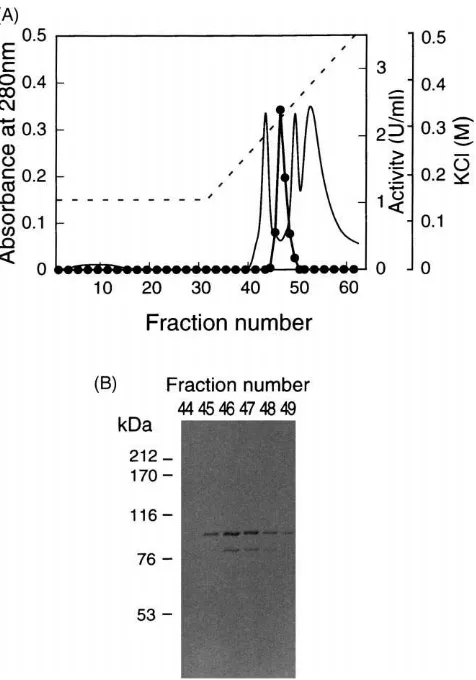Directory UMM :Journals:Journal of Insect Physiology:Vol46.Issue10.Oct2000:
Teks penuh
Gambar



Dokumen terkait
While the ants were anaesthetised they exhibited a similar discontinuous gas exchange cycle to that observed when they were voluntarily motionless, but their spiracles remained open
Plotting successive body profiles during the half- stroke in head-fixed co-ordinates allows the changes in body shape and the resultant motion of the abdominal tip relative to the
There is good evidence for activational effects of hormones on the nervous system and behavior in insects, but organizational effects are almost never discussed in the
On days 9 and 10 after parasitization, larvae were smaller when the number of parasitoid larvae in the host was large, suggesting that the larvae competed to obtain resources from
When 5th instar larvae were reared on artificial diet, they normally contained low levels of Cf GST mRNA and protein; they showed an increase in Cf GST expression when they were
We examined the ability of various body parts to synthesize hydrocarbons in vitro, looked for their presence in the hemolymph, and explored the role of the crop in the
Using primers designed to conserved amino acid sequences from known PPOs, we PCR amplified and cloned two PPO genes from the sarcophagid larvae.. The clones encoded polypeptides of
MATERIALS AND METHODS Polyhibrid bivoltine silkw'orm larvae, Bombyx mori, wete reared in accordance to the methods developed by Katsumata 1964' Four mulberry species were used as food